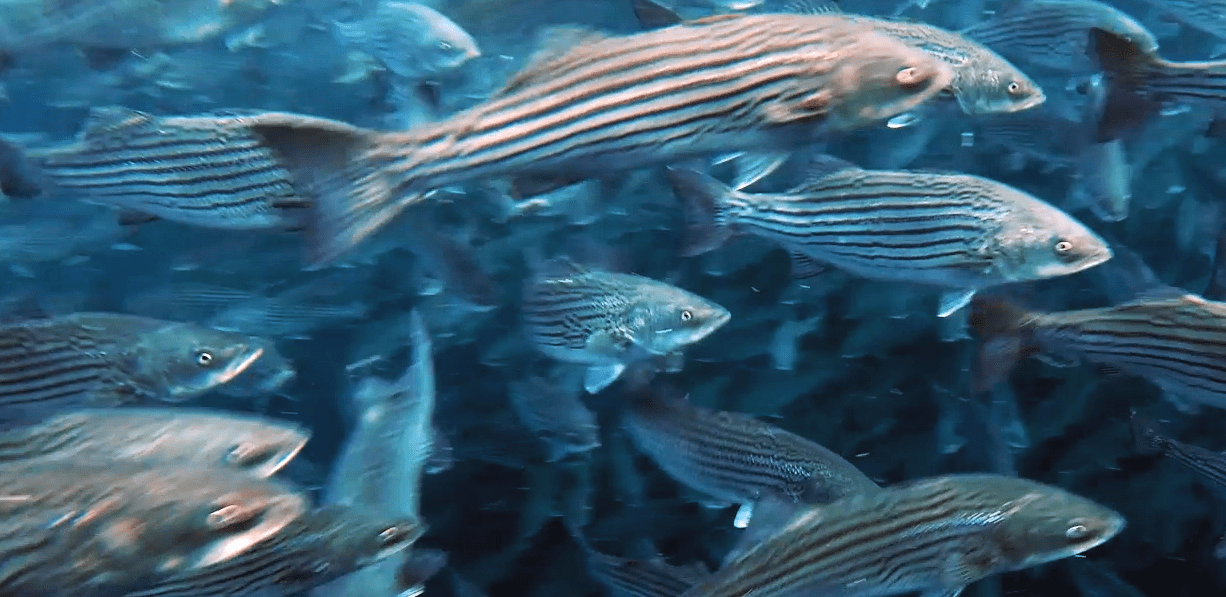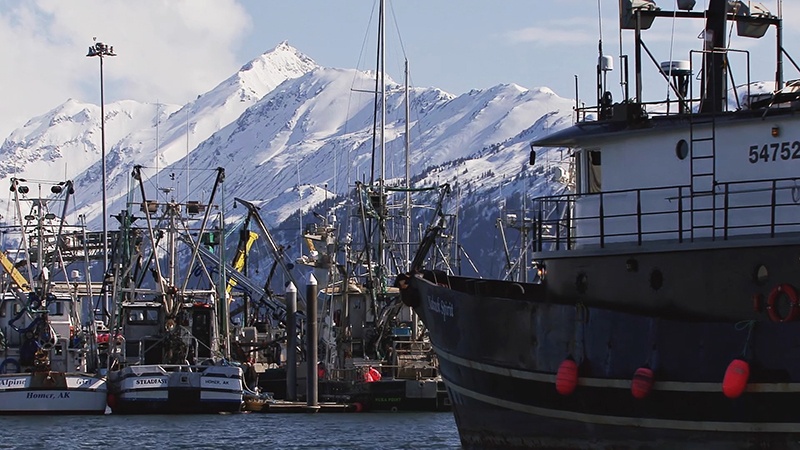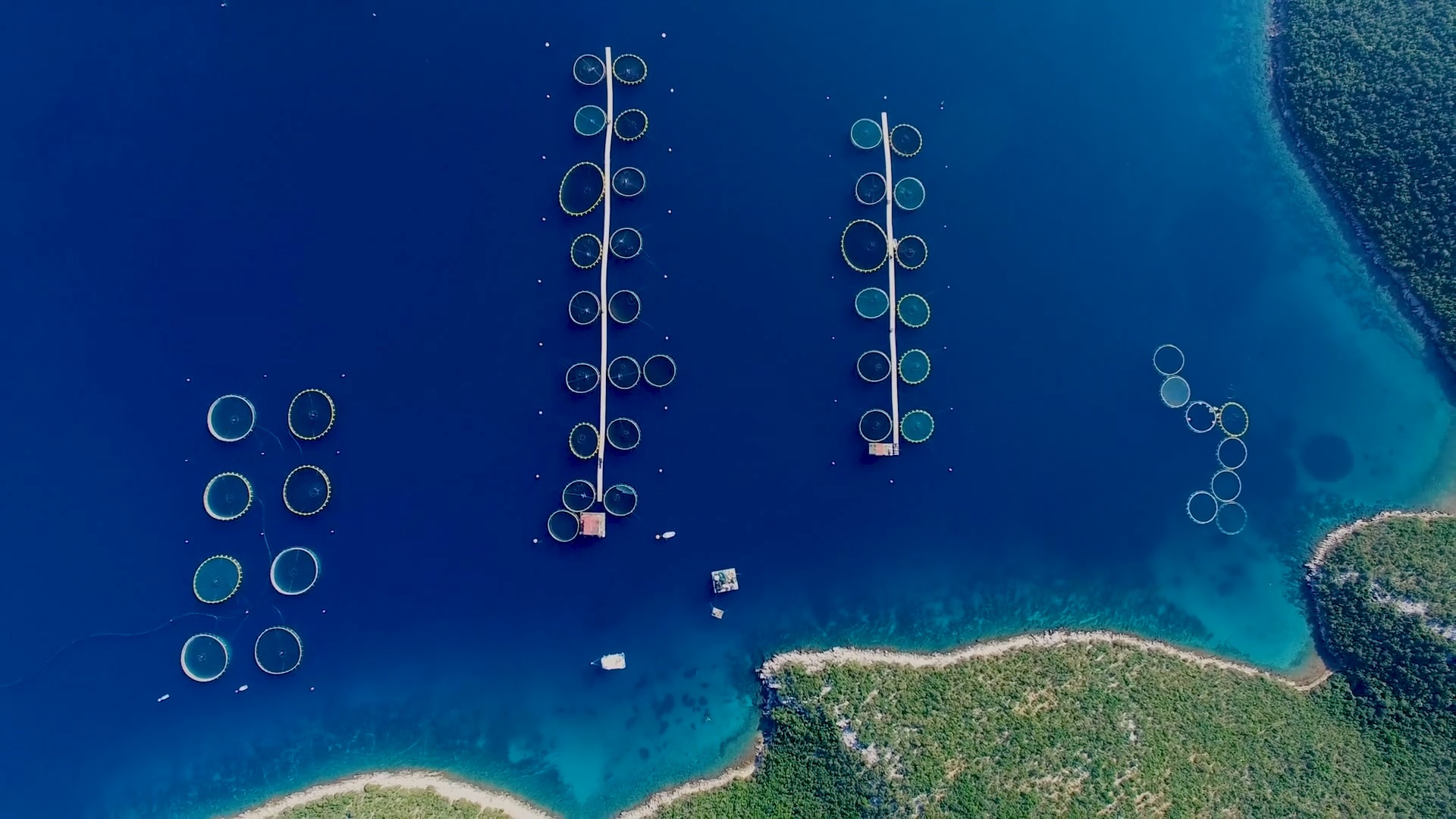Fish Fight: wild caught vs farm raised
Wild caught seafood is fish or shellfish that have been harvested from lakes, rivers, or the sea. Farm raised seafood is fish or shellfish that have been raised in tanks or floating pens in the ocean. Which is healthier? Better for the planet? Which is sustainable seafood? The not-so-simple answer to both questions is “It depends.” It depends on the type of fish. It depends on the location that it came from. It depends on the methods used in fishing or the farming.
“Science” journal recently came up with a list of foods with the highest and lowest carbon footprints.
Many factors are considered, including land use, animal feed, transportation, and emissions from the production of packaging. To nobody’s surprise, red meat has the highest carbon footprint of any food. The food with the lowest carbon footprint may come as some surprise, but we’ll get to that later. Most of us know by now that fatty steaks and juicy burgers can clog your arteries and cow burps are chock full of methane. Many consumers are now choosing seafood over beef and the global demand for fish is expected to almost double by 2050.
Seafood is big business, which can lead to over-fishing, which is the primary downside to wild caught fish.
In the 1990’s, North Atlantic cod were overfished to the point of near extinction. Larger boats and more efficient technology allowed greater harvests of fish. There was greater profits for fishermen until the wild fish populations are unable to replenish themselves. Today’s cod populations are still making a slow recovery after Canada introduced conservation plans and halted fishing in certain areas. The U.S. has also introduced regulations to protect wild fish populations and minimize habitat destruction. Over-fishing remains a big problem in many parts of the world, swordfish, salmon, tuna, and cod are all currently considered threatened by over-fishing.
Aquaculture emerged to reduce the stress on wild fish populations, but farm raised fish can have downsides, too.
The primary downside to farm raised fish is pollution. Early aquaculture operations often had over-packed fish pens which polluted the surrounding ecosystems with waste and chemicals. Diseases could be spread from fish in crowded ocean pens to wild fish nearby. Food for the farmed fish was sometimes low quality and contained antibiotics. Farm-raised fish developed a reputation as a cheaper and less-healthy alternative to wild caught seafood, but that has changed. The U.S. and other parts of the world have new policies for monitoring fish farms and seafood sustainability. New technologies have emerged, including the use of microbes to clean the water in fish pens. Some fish farms are developing sustainable food for their fish by mixing unused parts of sardines and other sustainable fish parts with algae.
But which do you choose when you’re standing at the seafood counter?
U.S. seafood, both wild-caught and farmed, is much better regulated than it used to be. The most popular seafood in America is shrimp, and 94% of our shrimp come from overseas fish farms. In fact, much of the seafood sold in the U.S. is imported, and over 50% of it is farmed. Do you support hard-working American fishermen by paying a little more for wild-caught fish, or do you cross your fingers and hope that the shrimp you just bought was sustainably sourced somewhere? And how much difference could your purchase make anyway, in the grand scheme of things? You might as well have a bacon cheeseburger, right?
Before you give up, here’s a few things you can look for and support.
Frozen seafood often has two labels, one from where it was packaged and one from where it was caught or farmed. Look for COOL (Country of original origin label). Seafood from the U.S. or Canada is more likely to be caught or farmed sustainably, and less emissions were used in getting it to you. Other international countries are also working to do the same.
The James Beard Foundation Smart Catch Program provides training for chefs on environmentally responsible seafood. Check the websites of your favorite fancy seafood restaurants to see if they’re part of the program. Also check menus for popular “Trash fish”. Trash fish are underutilized species that are not endangered and are often discarded as by-catch. Many chefs are developing innovative recipes for these fish as they’re less expensive than some of our traditional favorites and more sustainable. The top 5 trash fish are Pollock, Triggerfish, Lionfish, Sheepshead and Sea Robin.
All your friends will think you’re a super-smart foodie when you order some fish they’ve never heard of and it turns out to be delicious.
Monterey Bay Aquarium Seafood Watch has a free app for your phone that provides information on sustainable seafood. Also look for the Marine Steward Council label on wild-caught fish. Whole Foods Market has also made a commitment to stocking only sustainable seafood products, both wild-caught and farmed.
Seafood is growing as a food source. Fish farmers, fish catchers and fish consumers have a duty to work together to conserve our oceans so that they can continue to provide for us all in years to come. The U.S. and other western countries must share fish farming technology with the developing world. Communities should support their local fishing economy rather than depending on cheap seafood from overseas, which has high carbon costs for transportation and is likely to be unsustainably sourced.
But back to the food list from “Science” magazine.
Food with the lowest carbon footprint is algae, including edible seaweed. The World Wildlife Federation calls edible seaweed a “game changer”. Seaweed farms may have a huge role in our new green economy. Seaweed can be used for fish food and can be fed to cattle to reduce methane emissions. There are even companies making biodegradable packaging out of seaweed as an alternative to single-use plastics. The future of ocean farming will almost certainly include more than fish. Oyster farms are cleaning the water and help restore ecosystems and have done so for many years. Seafood matters, and what matters most is not whether it’s wild caught or farm raised but making sure it will still be here in the future.
Searching For Seastainable Seafood, talks about these issues and more.
There are many issues the oceans are facing around the world and a lot of people are trying to help eliminate some of the problems that we are facing with climate change. We feel the best way to start is by eating, sustainable seafood, both wild-caught and farm raised.






